
The story of the Samaritan woman meeting Jesus by the well (John 4:5-42) was never supposed to happen. Jesus, an unmarried Jewish man, and the unnamed woman, an unmarried Samaritan woman, were not supposed to meet. They were supposed to remain separate.
However, Jesus crosses the divide and speaks to the Samaritan woman. She is understandably surprised and says as much (verse 9).
This doesn’t stop Jesus. He keeps talking to the Samaritan woman. And the Samaritan woman keeps talking right back. Even when the Samaritan woman challenges Jesus, Jesus still stays in relationship.
In the end, the Samaritan woman becomes a believer in Jesus. And she tells EVERYONE, becoming one of the first evangelists in the Gospels.
I see similarities in this interaction of the Samaritan woman and Jesus, and the queer community. The Samaritan community was separate and cast out from the broader Jewish community. Queer history has been one of queer people either not being allowed in Christian spaces, or being required to change, or being required to hide. Historically there was more often than not some type of separation between those who are queer, and those who are Christian.
But Jesus and the Samaritan woman break the divide and have a conversation. I think of the many queer pioneers before me who broke the divide between the queer and Christian communities. I think about those who said, yes, I am both queer and Christian, and were loud about it. And then those that said yes, I am both queer and a ministerial leader, ordained by God, and were loud about it.
We have made strides in queer rights over the last few decades. In the Lutheran church, the 2009 decision allowing gay and lesbian people to serve openly as pastors. Gay marriage being legalized nationwide in the United States in 2015.
And yet, the progress hasn’t been the same for everyone.
The people most helped by this progress have been white, cis-gender, gay men.
People like me.
While those in the queer community who are black, trans, women have not seen this progress benefit them in the same way.
Which means there is still work to do.
As the Rev. Dr. Martin Luther King, Jr. has said, “Injustice anywhere is a threat to justice everywhere.”
My own freedom as a white, cis-gender, gay man is wrapped up in the freedom of those who are black, trans, women.
I’m Lutheran after all.
This is not either/or. This is both/and.
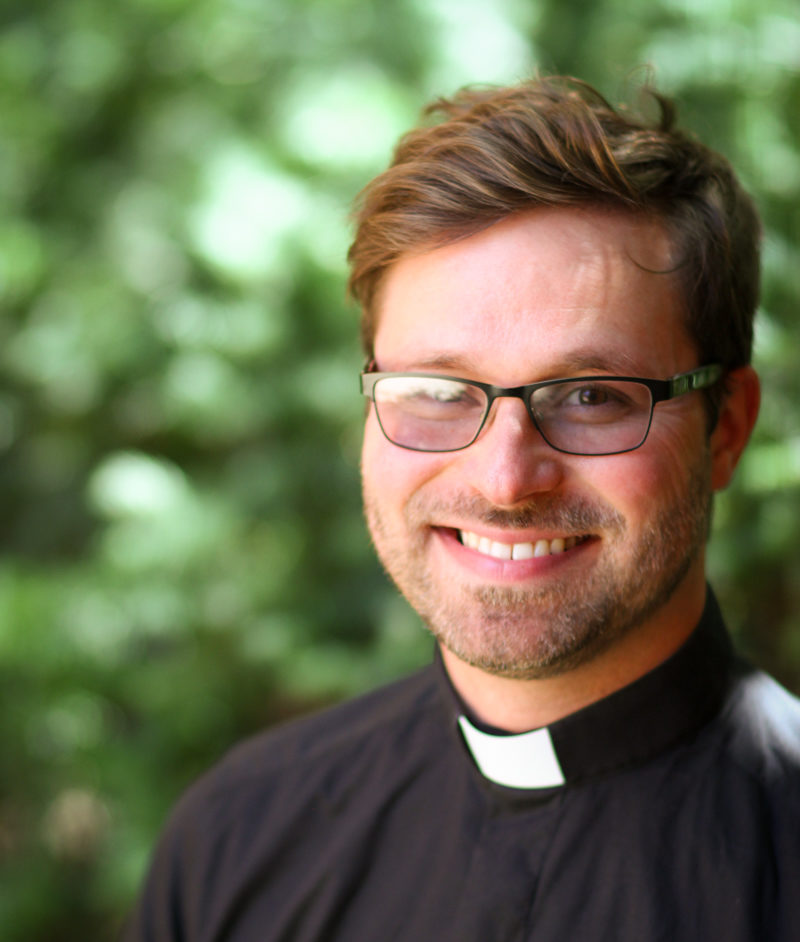
Bio: Alex is in his second call as pastor of Christ United Church in Dewitt, MI. Since this is a part-time call, he also develops websites for businesses, non-profits, and churches. In his spare time he likes to dance, be outdoors, travel, write and read.
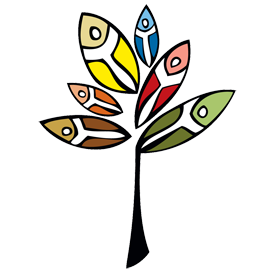
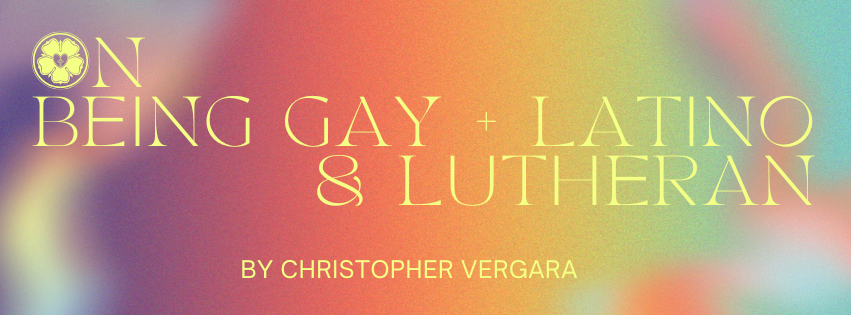
 BIO:
BIO: 

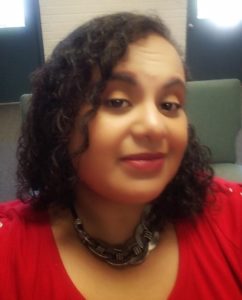 Jessica Davis, MA (they/them) is a Christian educator, pastoral counselor, D/E/I educator, and freelance writer and speaker living in the Philadelphia area. Their ministry passions include: youth ministry, church music, and community visioning. When not doing churchy things, they can usually be found knitting, volunteering with refugees and asylum-seekers, or working as a freelance makeup artist. You can connect with their work through Jessica Davis Church Consulting on Facebook.
Jessica Davis, MA (they/them) is a Christian educator, pastoral counselor, D/E/I educator, and freelance writer and speaker living in the Philadelphia area. Their ministry passions include: youth ministry, church music, and community visioning. When not doing churchy things, they can usually be found knitting, volunteering with refugees and asylum-seekers, or working as a freelance makeup artist. You can connect with their work through Jessica Davis Church Consulting on Facebook.
 Rev. Kelsey Brown (she/her) describes herself as sometimes funny, frequently anxious, and completely committed to the liberation of all marginalized persons. Hailing from Suffolk County, Long Island, New York – she comes equipped with the accent & attitude to back it up. In her free time Pastor Kelsey can be found at the beach with a book of spoken word poetry, breaking it down on the dance floor, and exploring with Christian ritual creation. She believes with her full heart that God’s delight in diversity is call for us all to embrace the fullness of humanity.
Rev. Kelsey Brown (she/her) describes herself as sometimes funny, frequently anxious, and completely committed to the liberation of all marginalized persons. Hailing from Suffolk County, Long Island, New York – she comes equipped with the accent & attitude to back it up. In her free time Pastor Kelsey can be found at the beach with a book of spoken word poetry, breaking it down on the dance floor, and exploring with Christian ritual creation. She believes with her full heart that God’s delight in diversity is call for us all to embrace the fullness of humanity.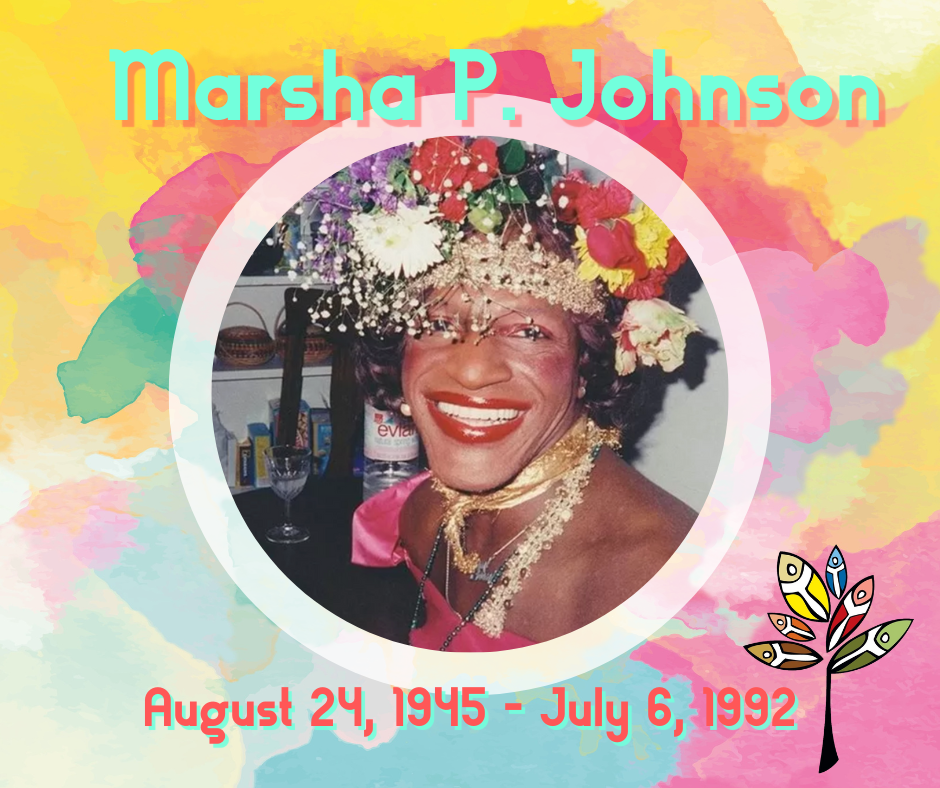
 Deacon Lewis Eggleston (he/him) lives in Alexandria, VA with his husband and their pup, Carla. In his spare time (which I guess now is all the time), Lewis sings, a lot. He loves community theater, walks with the pup & husband, terrible tv, and great food with friends.
Deacon Lewis Eggleston (he/him) lives in Alexandria, VA with his husband and their pup, Carla. In his spare time (which I guess now is all the time), Lewis sings, a lot. He loves community theater, walks with the pup & husband, terrible tv, and great food with friends.